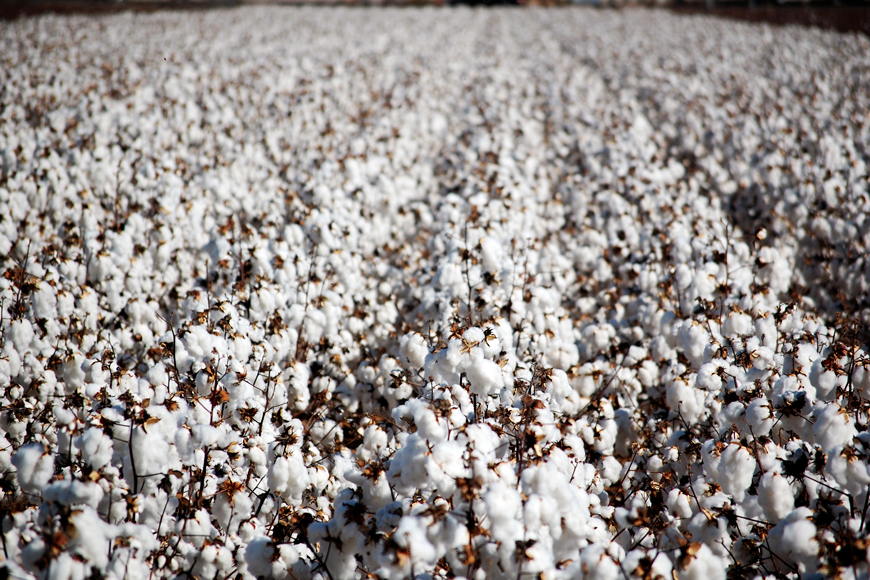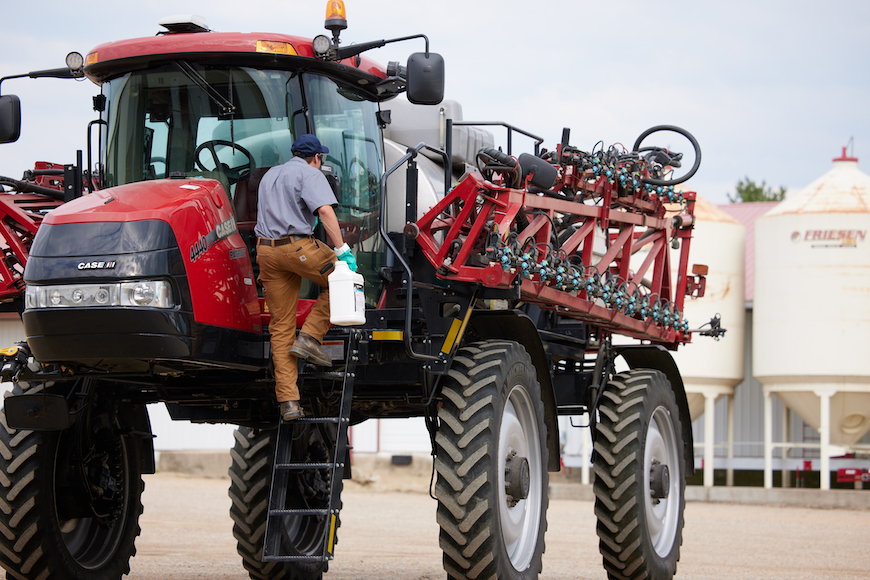3 Cotton Defoliation Strategies To Help Optimize Yield Potential

Cotton defoliation is a management decision that is just as important as the seed or inputs you choose. Proper defoliation can help improve harvest efficiency by promoting more even boll opening, reducing the amount of trash and staining in the harvested cotton, and lowering harvest costs. Here are some tips to help ensure your defoliation strategy is effective and economical.
1. Realize there’s no one-size-fits-all approach to cotton defoliation.
The process of cotton defoliation varies widely across geographies, environments and years. It’s a decision that should be made based on the crop’s potential, previous and expected weather conditions, and stage of maturity. Considerations like crop health, plant maturity and the environment can help dictate which defoliating products, if any, you should use ahead of cotton harvest.
The timing of application and rate will also vary depending on each field’s particular circumstance. Cotton varieties can respond differently to defoliants and may require different approaches. Plan accordingly depending on the results you’re after.
2. Use technology tools to help focus scouting.
Using technology can help you understand how your crop is maturing and help focus defoliation and harvest efforts. Satellite imagery and biomass measurements from the tool can also help you determine the appropriate chemistries and water volumes that you need for a successful defoliation. Having a bird’s-eye view of a cotton field can help you see things that you might not see from the ground.
3. Add complementary products for the best results.
In addition to choosing the right products based on your crop, you should also consider adding an effective adjuvant to help get the most from your defoliating chemistry. For defoliating products to work as intended, they must cover plants thoroughly.
Increasing water volume for better canopy coverage and adding an adjuvant like InterLock® adjuvant to reduce fine spray particles can help ensure that more active ingredient gets to the plant and throughout the canopy. StrikeLock® adjuvant provides the benefits of InterLock adjuvant, plus the proven performance of a methylated seed oil for tougher conditions. Depending on the defoliant, PowerLock® adjuvant might also be a good option. It’s a nonionic surfactant, drift reducer and deposition aid in a convenient premix formulation that helps improve canopy penetration and spray droplet retention. Choosing the right adjuvant can help you get maximum performance from your defoliation product, resulting in cost savings and harvest efficiencies.
There are many nuances and details to consider when determining optimal cotton defoliation strategies. Make sure you’re scouting your crop often and using technology tools to help you make the most profitable decision based on the conditions you see. Your local WinField United retailer can also help with customized defoliation recommendations.
All photos are either the property of WinField United or used with permission.
This article was originally published in August 2020 and was updated in August 2021.
© 2021 WinField United. Important: Before use always read and follow label instructions. Crop performance is dependent on several factors many of which are beyond the control of WinField United, including without limitation, soil type, pest pressures, agronomic practices and weather conditions. Growers are encouraged to consider data from multiple locations, over multiple years and to be mindful of how such agronomic conditions could impact results. InterLock, PowerLock, and WinField are trademarks of WinField United. All other trademarks are the property of their respective owners.




